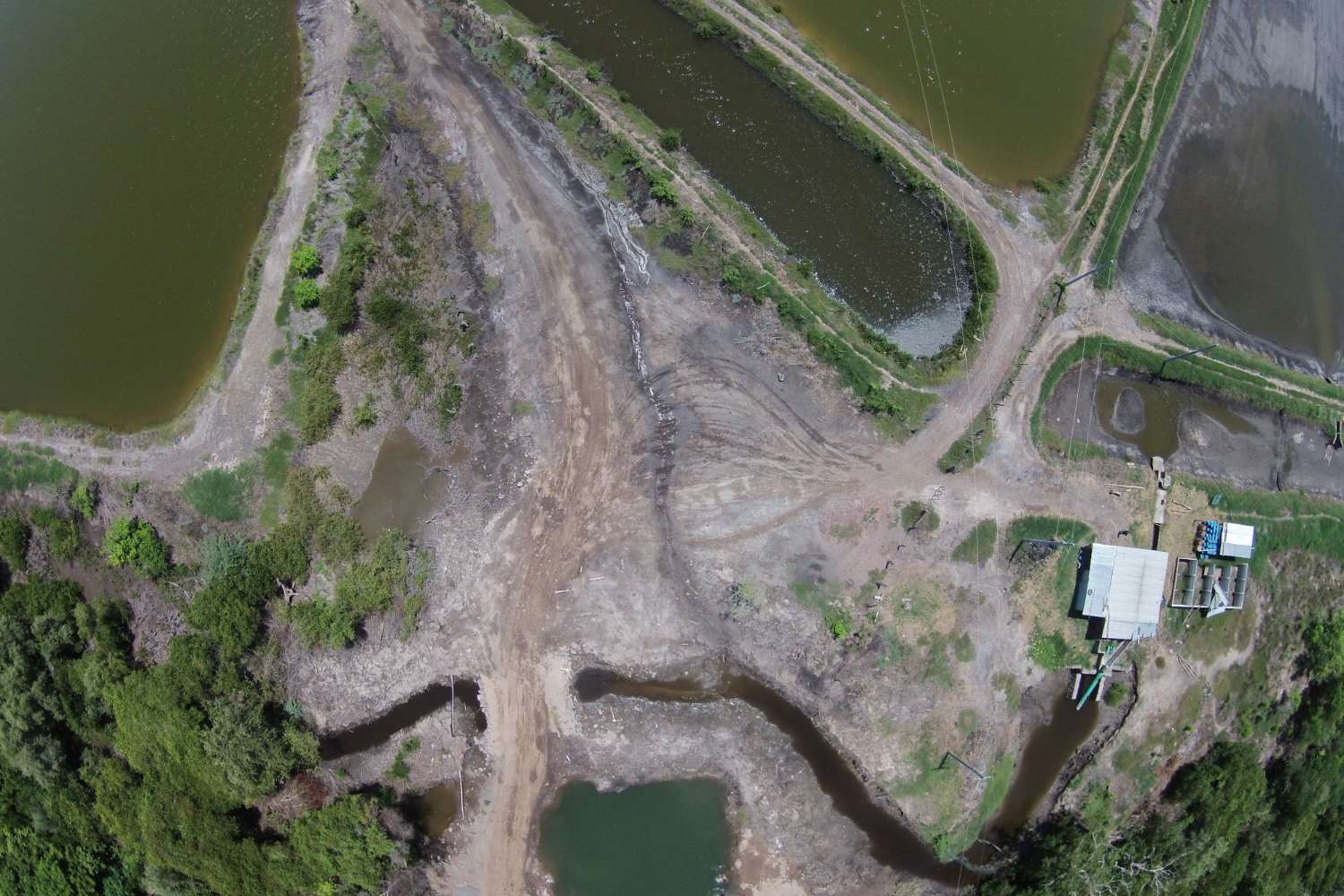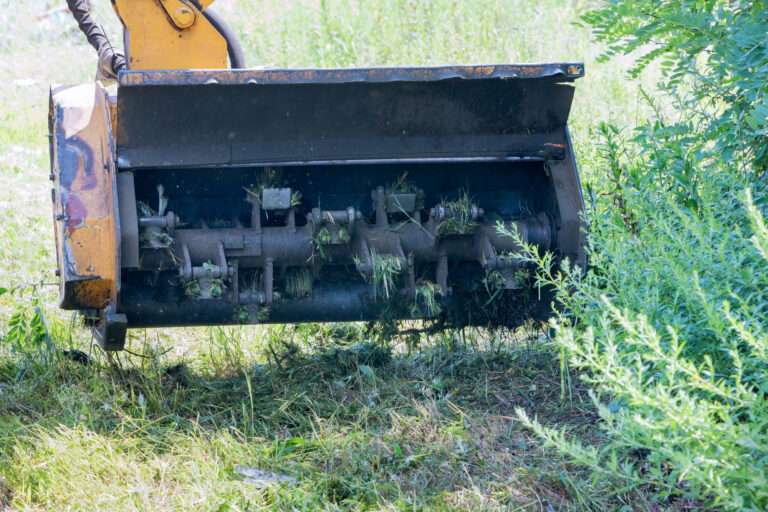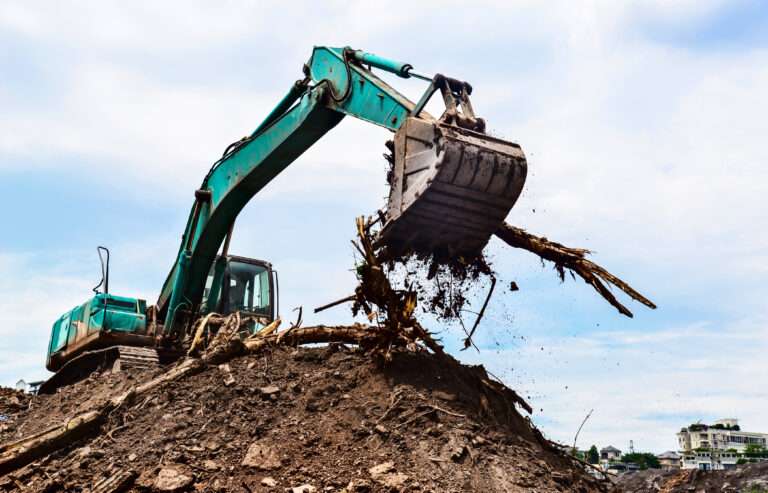Restoring Land for Business Use: Proven Strategies for Profitable Development
Turning Disused Land into Commercial Opportunity
Across the UK, brownfield and underutilised land hold untapped potential for commercial development. Whether it’s a former industrial site, an overgrown plot, or land contaminated by previous usage, restoring land for business use offers a cost-effective and sustainable route to expansion.
But land restoration isn’t just about clearing and rebuilding—it’s about understanding the ground beneath, mitigating risks, and preparing the site to support long-term business operations. In this blog, we’ll explore the key strategies, benefits, and challenges of restoring land for commercial purposes—and how to make the process as smooth and profitable as possible.
Why Restore Land Instead of Building on Fresh Sites?
In an increasingly sustainability-conscious market, reusing land is not just responsible—it’s often the smartest financial decision. Here’s why:
| Benefit | Description |
|---|---|
| ✔ Cost Saving | Purchasing previously developed land can be more affordable than greenfield. |
| ✔ Location Advantage | Brownfield sites are often near urban centres, ideal for logistics and retail. |
| ✔ Planning Favourability | Councils favour regeneration, easing planning approvals. |
| ✔ Environmental Benefit | Supports biodiversity and reduces urban sprawl. |
Common Types of Land Requiring Restoration
Not all restoration projects are the same. Some of the most common scenarios include:
- Contaminated industrial sites (e.g., chemical works, fuel depots)
- Derelict retail or warehouse land
- Abandoned farmland or landfill
- Waterlogged or flood-prone plots
- Sites suffering from invasive species (e.g., Japanese knotweed)
Each scenario brings its own technical and legal requirements, from soil remediation to groundwater testing and invasive species control.
The Land Restoration Process Explained
Restoring land for business use involves several stages. Below is a simplified overview of a typical project timeline:
🧪 1. Site Assessment & Environmental Survey
Before you break ground, a comprehensive land survey is essential. This includes:
- Soil sampling and contamination tests
- Drainage and flood risk assessments
- Ecological impact surveys
- Archaeological and heritage checks (if applicable)
A well-documented site assessment not only de-risks your project—it also strengthens your planning application.
🔄 2. Remediation & Restoration
Based on the findings, the next step is to remediate and prepare the land for construction or landscaping:
- Contamination removal (chemical neutralisation, soil washing, encapsulation)
- Water management (SuDS, wetland balancing, drainage re-routing)
- Invasive plant removal (herbicide treatment, excavation)
- Land grading and compaction for stability
📌 Looking for expert help? Explore Land Remediation & Restoration services designed for commercial projects.
🚧 3. Infrastructure & Groundworks
Once the site is safe and clean, groundwork begins:
- Road and access creation
- Utilities installation
- Car park and pathway construction
- Foundation preparation for structures
🌿 4. Landscaping & Biodiversity Enhancement
Many modern business parks and developments now integrate green infrastructure to:
- Improve aesthetics and employee wellbeing
- Meet biodiversity net gain (BNG) targets
- Enhance environmental credentials
This might include wildflower meadows, tree planting, or the installation of pollinator-friendly features.
Frequently Asked Questions
Do I need planning permission to restore land?
In most cases, yes—especially where land use is being changed. However, restoration itself (e.g., cleaning and prepping the land) might be considered permitted development if no structures are built. Always check with your local planning authority.
How much does land remediation cost?
Costs vary significantly depending on the level of contamination, size of the site, and treatment methods required. As a rough guide, light contamination may cost £10–£50 per m², while complex remediation can exceed £200 per m².
Can land be restored for temporary business use (e.g., storage or pop-up retail)?
Yes—temporary usage is increasingly popular. Many brownfield sites are turned into modular workspaces, temporary storage yards, or even urban farms while long-term planning decisions are underway.
Will restoring land increase its value?
Absolutely. In many cases, land value increases by 3–10x once contamination is remediated and planning permission is secured. It’s one of the best returns on investment in the property development sector.
Strategic Tips for Successful Land Restoration
✅ Involve a multi-disciplinary team early
Environmental consultants, landscape contractors, and civil engineers should all be part of the discussion from day one.
✅ Work closely with local authorities
Transparency with councils can fast-track approvals and ensure environmental compliance.
✅ Consider futureproofing
Design the site to support future tech (EV charging, solar, sustainable drainage) and policy changes (e.g., biodiversity targets).
✅ Integrate green infrastructure
Modern businesses are expected to show sustainability credentials—tree planting, pollinator support, and SuDS can help meet these goals.
✅ Plan for long-term maintenance
Restoration isn’t just about the now. Consider how the land will be maintained over the next 10, 20, or 30 years.
Real-World Business Impact
Many companies across the UK are realising the advantages of site restoration. Here’s how businesses benefit:
| Business Type | How Restoration Helps |
|---|---|
| 🏢 Logistics Hubs | Restored brownfield sites offer proximity to cities and major road links |
| 🛍 Retail Units | Reinforces sustainability messaging and improves customer access |
| 🏭 Industrial Units | Unlocks affordable space for manufacturing expansion |
| 🏘 Property Developers | Boosts ROI by turning unusable land into planning-ready plots |
Conclusion: Transform Wasted Land Into Business Opportunity
Restoring land for business use is one of the smartest ways to balance commercial growth with environmental responsibility. With the right approach, you can unlock the full potential of underperforming land—reducing costs, enhancing your green credentials, and positioning your business for long-term success.
Whether you’re developing a new site or reimagining an existing one, make land restoration a central part of your strategy. It’s not just a smart move—it’s a sustainable one.









